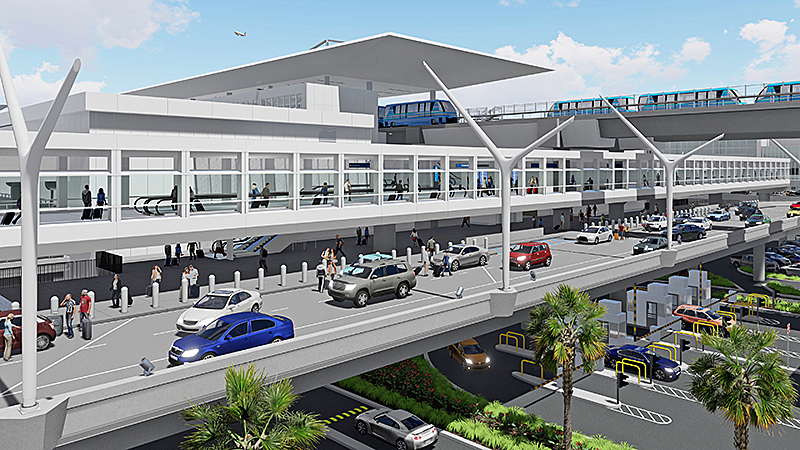

There is an excellent case study for the implementation of an APM – one costing GBP200 million – at London Luton Airport, the capital’s fastest-growing airport in 2017. Or simply, the catalyst to move them just between terminals and to and from car parks. But what is often missing is the mechanism by which passengers are moved from the arrival station to distant terminals, especially when they are many and widespread. So, for all these reasons, rail links (preferably electric ones) to airports in the form of intercity lines or fast direct ones from and to ‘downtown’ are very much in the spotlight. The ‘people mover’ is often the missing equation in the rail to gate conundrum The battle lines are being drawn up already by residents who will focus equally on the emissions that additional road traffic will bring, and their legality. This includes up to GBP2.6 billion for compensation, noise insulation and community amenities and 6.5 hour scheduled night flight bans and noise restrictions that will be legally enforceable but possibly unworkable at “the UK’s only hub airport”.Īnd that is just the noise side of the equation.


The (recent) proceedings related to the construction of a third runway at London Heathrow Airport, are one example, where in order to gain the support of Members of Parliament the government has had to promise a package of measures to assuage the fears of affected communities and protect the environment. And neither public transport nor peer-to-peer rental vehicles can produce the sort of revenues that airports have been used to generating from car parking.Įnvironmental issues, including emissions from vehicles, are a major issue in determining the legitimacy of airport expansion projects. Strangely, “public transport” often includes transportation network companies such as Uber, or Lyft, as if their vehicles’ gaseous emissions are somehow cleaner than those of private vehicles. Source: Los Angeles World Airports websiteb The CAPA Air-Rail report, published in 2017, identified many airports around the world, including in the U.S., where public transport access and egress is in the process of being positioned as “more environmentally-friendly” and therefore preferable to transport by private vehicle and, accordingly, supported financially, particularly by the public sector. Private vehicles are increasingly unwelcome at airports trains are more appropriate The expensive project is representative of a shift towards public transport as a method of airport access and egress worldwide.It will connect with a new Metro station hosting two lines and transfer passengers between eight terminals.An Automatic People Mover will be constructed at Los Angeles International Airport.


 0 kommentar(er)
0 kommentar(er)
